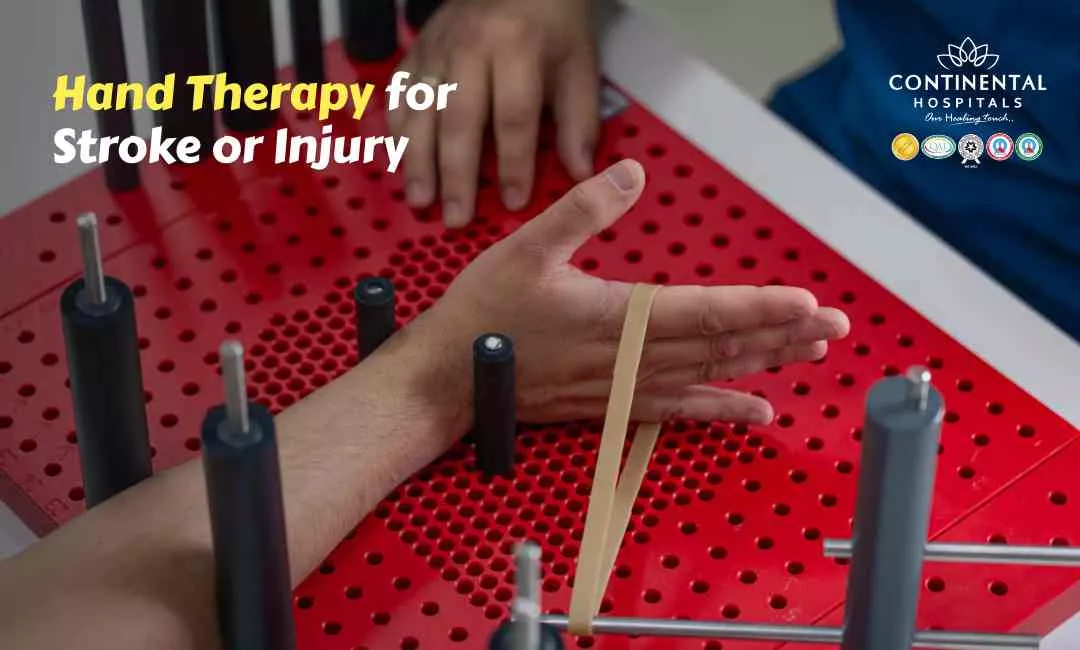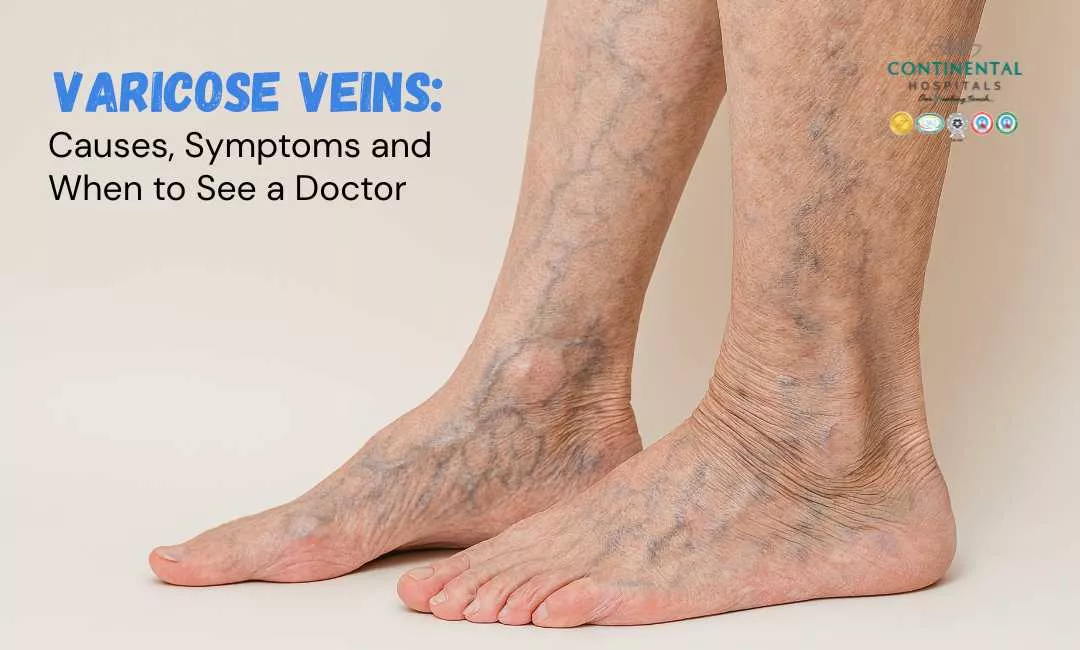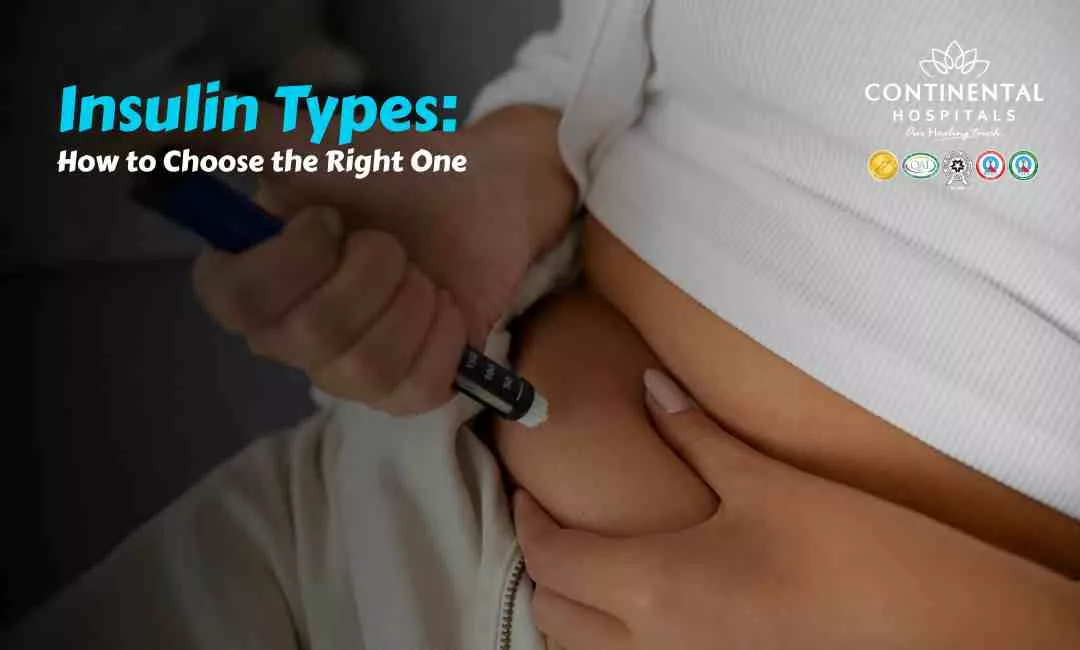Diabetes is a chronic disease that impacts various aspects of your health, including your skin. While controlling blood sugar is on everyone's mind, managing this disease goes far beyond dietary restrictions and anti-diabetic drugs. The skin, being the largest organ in the body, may provide warnings or even signals of complications or poorly managed diabetes.
If you have diabetes or a family member is suffering from it, you should know how this disease affects your skin. So, let's discuss how diabetes may affect the state of your skin, warning signs to look out for, and methods for excellent skin health.
There is a connection between diabetes and skin health.
If blood sugar is high, your body will undergo changes that may affect your skin. Diabetes leads to dehydration, circulation problems, nerve damage, and a weak immune system. These combined factors expose the skin to dryness and susceptibility to infection and other complications.
🥗 Healthy Plate Challenge
🍽 Add Your Favorite Dish
Pick Your 6 favorite foods, eat, and see the results.Drag & drop foods onto your plate.
Drop Food Here
Some people's first sign of diabetes is skin issues. Identifying and treating these problems before they become major ones can significantly reduce complications and enhance the quality of life in general.

Common Skin Problems Linked to Diabetes
The following is a list of the most common skin issues that diabetic patients are likely to encounter:
1. Dry Skin
Fluid loss in your body due to high blood sugar makes the skin dry and itchy, and poor circulation, a common feature in diabetic patients, may exacerbate the problem, mainly with the legs, feet, and elbows.
2. Infections
On the other hand, patients with diabetes are susceptible to various infections caused by bacteria and fungi because their immune system is not as robust. Bacterial infections include styes, boils, and infected hair follicles, while fungal infections like athlete's foot or yeast infections thrive in the warm, moist areas of the body.
3. Itching
Poor circulation and dry skin can make people feel itchy at the lower legs and feet; scratching further worsens this condition and increases the risk of infection.
4. Diabetic Dermopathy
This is a brownish patch of skin with a red tinge. Usually, the shin displays this condition. These patches are asymptomatic and painless but common signs of diabetes.
5. Acanthosis Nigricans
Acanthosis nigricans causes dark, velvety patches of skin, usually on the neck, armpits, or groin. Insulin resistance frequently links to it, serving as an early indicator of type 2 diabetes.
6. Blisters
Diabetic blisters, also known as bullosis diabeticorum, can occur on the hands, feet, or fingers. Though painless and self-healing, these blisters can be alarming if you're unfamiliar with the condition.
7. Slow-healing wounds
High blood glucose levels may retard the healing process, making cuts, scrapes, and sores take longer to recover. Commonly observed on the feet, this condition becomes more serious if left untreated.
Why Skin Care is Crucial for People With Diabetes
Taking care of your skin is an essential part of diabetes management. Proper skin care can help prevent infections, improve healing, and enhance overall comfort. Here are some tips to keep your skin healthy:
Moisturize Daily: Use a fragrance-free, hypoallergenic moisturizer to keep your skin hydrated, especially after bathing.
Check Your Skin Regularly: Look for signs of dryness, cracks, or infections, particularly on your feet and other hard-to-see areas.
Maintain Proper Hygiene: Bathe daily with mild soap and warm (not hot) water, and dry your skin thoroughly.
Stay Hydrated: Drink plenty of water to keep your skin and body hydrated.
Wear Comfortable Shoes: Protect your feet from injuries by wearing well-fitted shoes and soft socks.
Manage Blood Sugar Levels: Keeping your blood sugar levels in check is key to preventing skin-related complications.
When to See a Doctor
If you have diabetes, it’s important to contact a healthcare provider if you notice any of the following:
- Persistent redness, swelling, or pain
- Non-healing wounds or ulcers
- Unexplained rashes, blisters, or changes in skin texture
- Signs of infection, such as warmth, pus, or fever
These could be early signs of more serious complications, such as diabetic foot ulcers or infections that may require medical treatment.
How to Prevent Skin Problems
Prevention is always better than cure. In addition to proper skin care, maintaining a healthy lifestyle can help reduce your risk of diabetes-related skin problems.
Healthy Diet: Eating a balanced diet helps control blood sugar levels and provides your skin with essential nutrients.
Regular Exercise: Physical activity improves circulation and overall health, which benefits your skin.
Quit Smoking: Smoking impairs blood flow and can worsen skin complications.
Routine Check-Ups: Regular visits to your doctor or dermatologist can help catch issues early.
Conclusion: Protect Your Skin, Protect Your Health
Diabetes doesn’t just affect what’s inside your body—it can have visible, uncomfortable effects on your skin. By staying informed, practising good skincare, and keeping your blood sugar under control, you can minimize these issues and enjoy healthier skin.
Struggling with diabetes-related skin issues? Consult top Diabetologists & Dermatologists at Continental Hospitals!
.webp)














